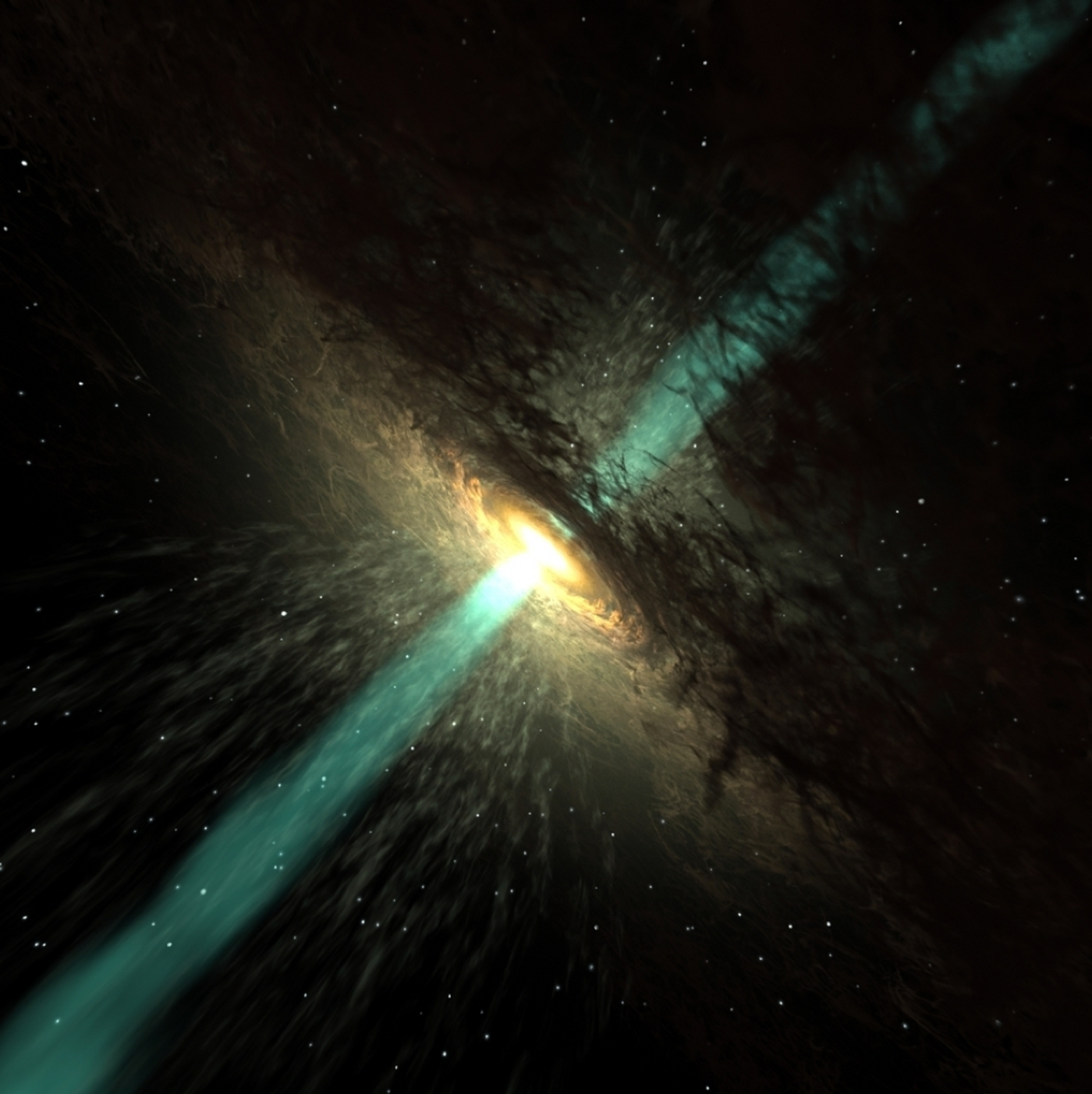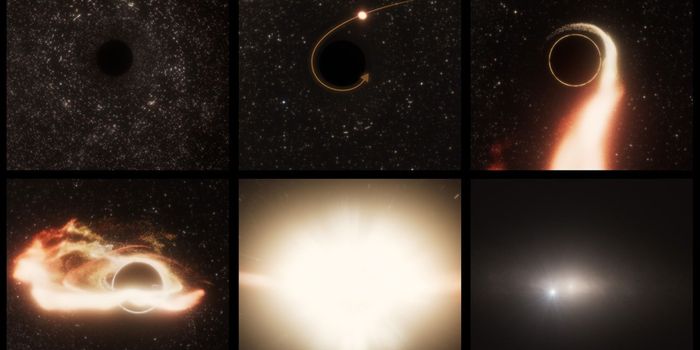Quasar Stumps Scientists With 10 Trillion-Degree Brightness Temperature
Using a relatively new 10-meter space telescope dubbed RadioAstron, along with data from various Earth-based observatories, astronomers have peered into space to find more information about the cosmos. What they would find during the search will change the way we think about space forever.
Quasar 3C 273 is what caught the attention of those peering into space. Scientists discovered that the temperature of the core of the quasar is brighter than ever thought possible. Jets radiating from the center of the quasar were closely examined in detail thousands of times clearer than that of what NASA’s Hubble space telescope could provide.
The data comes from resolution measurements at different wavelengths that indicate new high temperature records. Studying the quasar at wavelengths of 18, 6 and 1.3 cm, scientists have found that the core of this quasar reaches mind-boggling temperatures of over 10 trillion degrees Kelvin.
It seems like this type of temperature would be impossible to achieve, considering current understandings of physics led scientists to assume for the longest time that the hottest an object could become is around 10 billion degrees Kelvin.
"We measure the effective temperature of the quasar core to be hotter than 10 trillion degrees!" said Yuri Kovalev, the RadioAstron project scientist. “This result is very challenging to explain with our current understanding of how relativistic jets of quasars radiate."
For those who don’t know what quasars are, the name is short for quasi-stellar radio source, and it is a very active object in space that can form from collisions of galaxies. They’re among some of the brightest things in spatial existence, and can be over 100 times brighter than even galaxies full of stars.
The findings that Quasar 3C 273 is so hot at the center is leading scientists to re-think spatial physics. They’re published in The Astrophysical Journal Letters.
Source: The Astrophysical Journal Letters via Space Daily, Wikipedia









